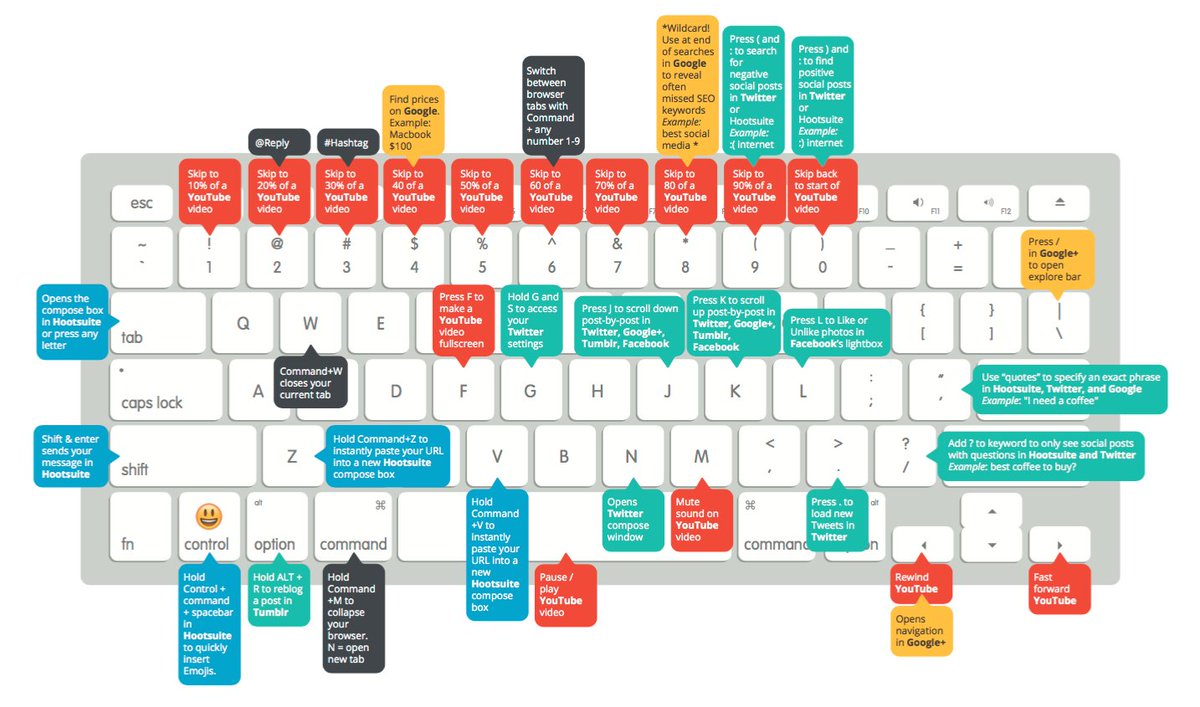

And it does slow down your flow, especially if you're typing a whole article in another language. But it doesn't always include all accents in every language. This method works well if you don't mind the time it takes for that little accent menu to pop up. So, for example, if you wanted the second option, above, you'd press and hold e, then press 2 (or press the right arrow key once and then enter). You can also use the left and right arrow keys (and enter) to select which one you want. When you see the type of accent you'd like to add, just type that number and the accent will be added to the letter. Simply press and hold the key on which you'd like the accent to appear, and a number of options will come up above the letter, like this: Press and hold accent method If you're not in a rush and you want to see all the common accent options at a glance, there's an easy way to do that. In this article, we'll go through the main methods so you can add accents to your text with ease. You know, like voilà, olé, or über.įortunately, there are a couple easy ways to do this on a Mac.
Apple keyboard shortcuts characters how to#
You’ll need to find the exact name of the function that appears in the application’s menu bar, regardless of whether it falls under File, Edit, View, or another section.If you're writing in a language other than English, you'll likely need to know how to include accent marks. This works using the labels listed in the menu bar at the top of the screen. You can specify them to work system-wide or restrict them to specific apps. In addition to this exhaustive list of useful text-editing shortcuts, you can also create your own.

How to Create Your Own Keyboard Shortcuts Command+T: Open a new tab (works in browsers, Apple Notes, Pages, and more).Option+Command+G: Find the previous instance of something.Command+G: Find the next instance of something.Command+F: Open finder to search the document.
Apple keyboard shortcuts characters full#

Option+Down Arrow: To the end of current paragraph.Option+Up Arrow: To the beginning of the current paragraph.Command+Right Arrow: To the end of the current line.Command+Left Arrow: To the beginning of the current line.Option+Right Arrow: To the beginning of the next word.Option+Left Arrow: To the beginning of the previous word.Using the Option and Command keys as modifiers, you can move the cursor in the following ways: You can use the arrow keys to move the cursor around and press Enter to start a new paragraph.


 0 kommentar(er)
0 kommentar(er)
